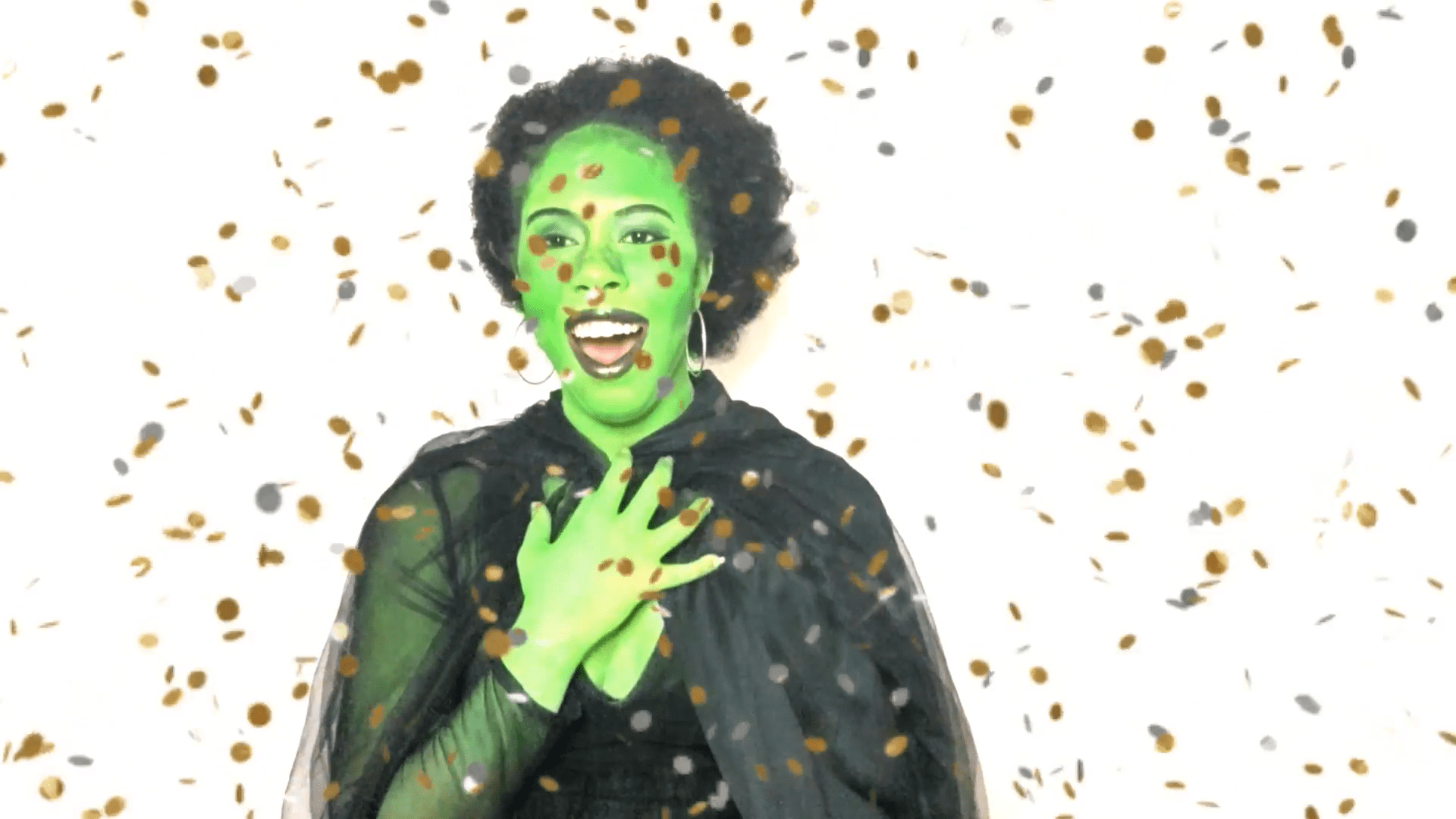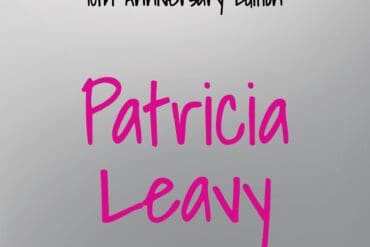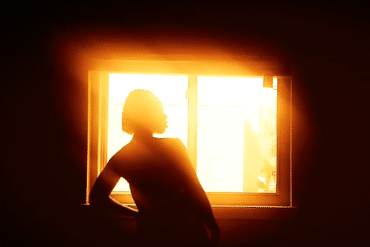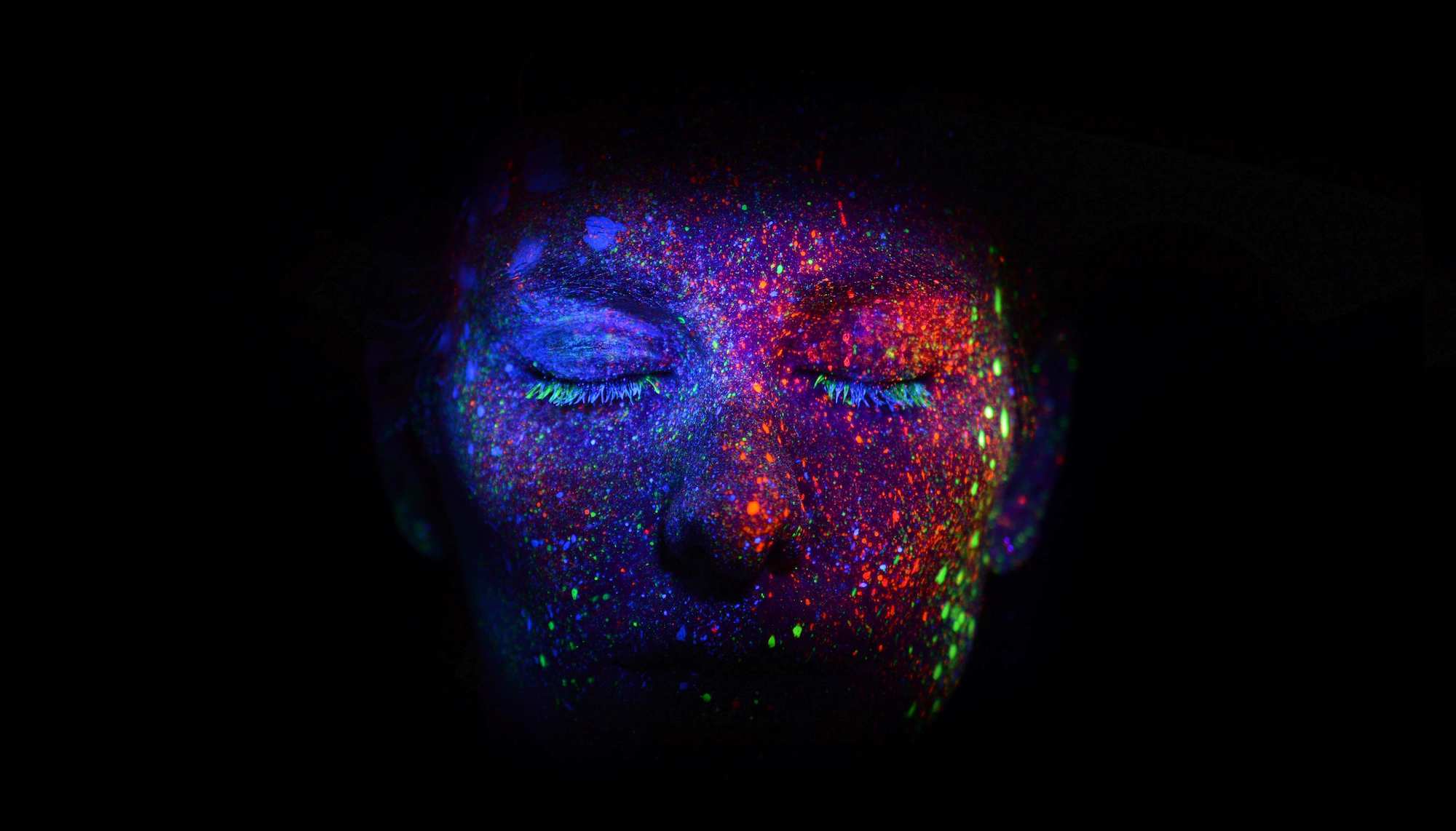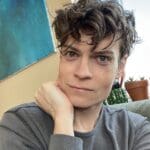Four Essays on Being Trans in the Anthropocene: Anthologies
Author’s Memo
As a self-described researcher and creative writer, much of my written engagements situate themselves within the space of the autoethnographic. Furthermore, as a queer and trans feminine person, writing is an activist strategy that chronicles the ideas and worlds of peoples whose ideas have been precluded from emergence in the global north, just as their ideas and bodies have experienced akin preclusion.
My autoethnographic work relies heavily on reading my experience alongside the ideas of other queer scholars and writers. Because of queerness’ emergence and iterations having been precluded, it is important for me to return to the texts that inform my actualization in the world. In doing so, I situate my personal narrative as knowledge in discussion with other knowledge and contribute to the genealogies that inform my retroactive readings of my lived experiences.
‘My autoethnographic work relies heavily on reading my experience alongside the ideas of other queer scholars and writers.
This is one of such autoethnographic works on my queerness. This is informed by the ideas of speculative anthropology which concerns the empirical alongside musings on past, present, and future possibilities. The central question centers around a felt my dilemma– what is my responsibility in the world as a trans feminine person living in a time where the human-induced strain on the planet is the driver of climate change and the climate crisis. The dilemma is broached by an instance where I was reading Donna Haraway’s Staying with the Trouble, a speculative anthropology book about the Anthropocene, and how Haraway’s singular usage of the word “chip” drew my attention to a formative text for me— Sara Ahmed’s “An Affinity of Hammers” in Transgender Studies Quarterly that discusses how trans women are “chipped” at through an oppressive rebuttal system that insists trans women are not women.
The work then begins to unfold using Haraway’s referral to Marilyn Strathern’s quote “[i]t matters what ideas we use to think other ideas (with)” to suggest that it matters what texts pass through other texts. This idea of texts passing through each other is then demonstrated within each essay as I weave different scholarship together with instances in my personal narrative— the authoethnographic evidence. Additionally, the four essays therein contained work as a meta-performance of the idea of texts passing through other texts, as their ideas also pass through each other. The piece comes together in the end, approaching resolution without offering a definitive solution to the felt dilemma– still holding onto the texts of Haraway and Ahmed that ignited the investigation in the first place.
“Four Essays on Being Trans in the Anthropocene” in one of such autoethnographic works on my queerness. This project is informed by the ideas of speculative anthropology which concerns the empirical alongside musings on past, present, and future possibilities.
I think this piece engages pertinent scholarship to my personal experiences and asks larger questions of our collective responsibility to earth and rectifying the strain we have inflicted on the planet as humans. Finally, though I engage scholarship, I do not do so in such a way to abrogate the evocative tone of the piece, and actually believe that its usage prods further evocation– leaning into the Strathern quote, “[i]t matters what ideas we use to think other ideas (with)”

Four Essays on Being Trans in the Anthropocene: Anthologies
ANTHOLOGIES
The Anthropocene is an anthology in a way. Humans have written themselves into the world through cave paintings, pyramids, and more. Cave paintings and pyramids, do not an anthropocene make though. Rather, piles of trash, corporately polluted air and water, human-induced atmospheric holes and melting artics do. These are the reasons why some climate experts talk about our human existence like a countdown to extinction. A countdown with projected timelines that fit so well, within the years I’m capable of reaching in this life. Each new environmentally degrading act is another chapter in an anthology that feels so monolithic. Haraway thinks the anthropocene is more a boundary than a monolith[1], but it’s an anthology all the same. Trans people are an anthology too, as we each write ourselves into existence.
Unmentioned Ghosts
My friend texts me. They wonder when anyone was going to tell them that Nazi Germany demolished the first trans clinic, burning The Institute for Sexual Research in Berlin[2]. They say “I will never forgive school for telling me Nazis burned books but never telling me which ones.” In queer communities we talk about erasure. We recognize the power it takes to make someone into a ghost, chipped from the bodies they have or could have had, and forgotten. This is hardly the compost Haraway talks about regarding living and dying well. There is a troubling irony in not being told that it was trans knowledge built from trans bodies that was lost in fascist book burning. Details and lives were lost, erased from the historical record. It matters whose books are burned.
‘They wonder when anyone was going to tell them that Nazi Germany demolished the first trans clinic, burning The Institute for Sexual Research in Berlin[2].
Trans-Becoming Through Writing
I write to claim myself. Rather, I write to assert myself, because there is something fleeting about transness. Many of us are kept from ourselves as children. We were discouraged from becoming who we are, until the days we do become. When we do become, we know our timeline isn’t as long as it could be– the years I’m capable of reaching in this life. Jack Halberstam tells us that Jay Prosser “suggests that transsexuals become real literally through authorship, by writing themselves into transition.” (p. 52)
And I don’t feel compelled to reach for the context in which he uses it. I don’t because trans-becoming through writing is all that I essentially want and want to have my queer iterations inscribed somewhere so that not all that passed through me is fleeting. I want to communicate that I stayed with some trouble and chipped at a world that chips at me— that I lived and died well.
Dave writes “But what if we learned a lesson from our dreams… which obey no single context but cut queerly across them, generating their own context; better yet, generating a unique situation?”[3] (p. 214) I write to assert myself. I write to fight towards a written guarantee that I lived and lived this way. With my friend, I floated the idea that the trans people filling the books Nazis burned faced a second death. If we take Prosser’s idea of trans people becoming real through writing, disregarding the context and queerly cutting across, me knowing the evidence of trans bodies and their lives is likely lost in ash— is death a strong enough concept to describe what had happened there?
What Trans Futures Were Lost?
Brandy Schillace writes of the institute in 2021. Schillace subtitles the essay, “The Institute for Sexual Research in Berlin would be a century old if it hadn’t fallen victim to Nazi ideology.”[4] Why should I care about the world who stalled who I am, who I could be? Why should trans people chip open a passage through the anthropocene? In the face of corporate pollution and fascism’s reiterations, what accountability do trans people have to fight the fires that erased us and our worlds, that committed real people to forgotten second deaths all while we are still fighting to have our minds and bodies– writing ourselves into existence so that if Terra continues to hold us, we won’t have another 100 years of loss.
It matters what passes through which passages and what passes through you. It matters whose books are burned and what passes through the fire, and it matters what does not. Having been given back such a loss of 100 years, what would Brettnany say today? “My body will never allow me to conceive and bear a child…”[5]? Would we, trans women, be capable of gestating children, just as we have been able to give them milk?
Anthologizing the Pieces
I tell this friend that I’m writing about our conversations. Standing across from each other with a steel kitchen island between us, we discuss what trans fleetingness means. We talk about trans people writing themselves into existence and creating art. They tell me how art can be an iterative process. They explain that the first piece of art created might not be the piece aspired to. Such a piece, however, and those that follow, all work to make each individual, civilian, cell of the collection matter. This is an anthology too.
I write about this conversation and am happy to believe that a special chipping occurred there. A proud southside Chicagoan and I, a queer Kansan from prairie land, imagined trans ideas, writings, arts, and worlds that have not been burned. We imagined these pieces in the back of a coffee shop. Each of these pieces queerly cut across each other, making each other matter in this anthology of ours.
[1] Haraway, D.J. (2015). Anthropocene, capitalocene, plantationocene, chthulucene: Making kin. Environmental Humanities. 6. 159-165. 10.1215/22011919-3615934.
[2] Schillace, B. (2021).The forgotten history of the world’s first trans clinic. Scientific american. Retrieved on October 25, 2022, from https://www.scientificamerican.com/article/the-forgotten-history-of-the-worlds-first-trans-clinic/
[3] Dave N (2019). Kamadhenu’s last stand: On animal refusal to work. In A Blanchette & S Besky (Eds.). How nature works: Rethinking labor on a troubled planet (pp. 211-224). Albuquerque: University of New Mexico Press.
[4] Schillace, B. (2021).The forgotten history of the world’s first trans clinic. Scientific american. Retrieved on October 25, 2022, from https://www.scientificamerican.com/article/the-forgotten-history-of-the-worlds-first-trans-clinic/
[5] Burns, K. (2018). Yes, trans women can breastfeed — Here’s how. Them.. Retrieved October 25, 2022, from https://www.them.us/story/trans-women-breastfeed
Credits
Featured photo by H-heyerlein for Unsplash
Photo by Liam Andrew for Unsplash
Learn More
New to autoethnography? Visit What Is Autoethnography? How Can I Learn More? to learn about autoethnographic writing and expressive arts. Interested in contributing? Then, view our editorial board’s What Do Editors Look for When Reviewing Evocative Autoethnographic Work?. Accordingly, check out our Submissions page. View Our Team in order to learn about our editorial board. Please see our Work with Us page to learn about volunteering at The AutoEthnographer. Visit Scholarships to learn about our annual student scholarship competition.
Aislin Neufeldt (they/she) is a writer originally from Kansas. Their work engages queer theory with the personal narrative, allowing them to add further life to one another. You can find her work featured in "Here's My Story" online at The Gay & Lesbian Review Worldwide, Hobart, and Essay Daily.


